
Enhancing Presentations with Media
Add audio recordings and visual displays to presentations when appropriate to enhance the development of main ideas or themes.

Add audio recordings and visual displays to presentations when appropriate to enhance the development of main ideas or themes.
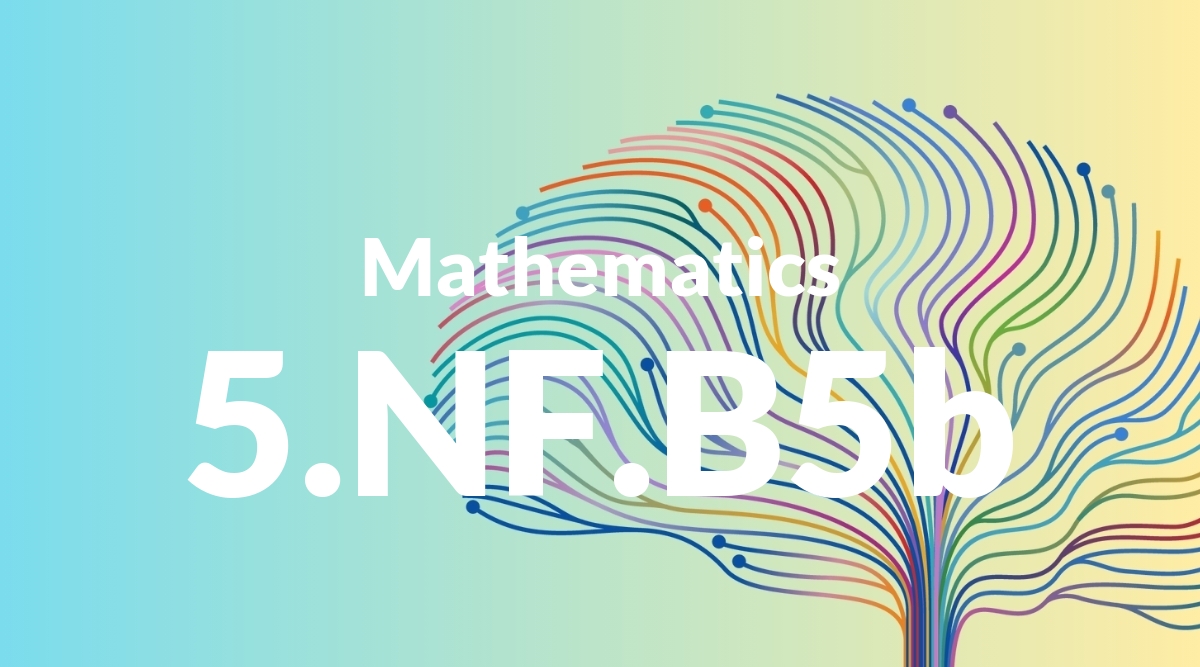
Explaining why multiplying a given number by a fraction greater than 1 results in a product greater than the given number (recognizing multiplication by whole numbers greater than 1 as a familiar case); explaining why multiplying a given number by a fraction less than 1 results in a product smaller than the given number; and relating the principle of fraction equivalence a/b = (n × a)/(n × b) to the effect of multiplying a/b by 1.

Introduce the topic or text they are writing about, state an opinion, and create an organizational structure that lists reasons.
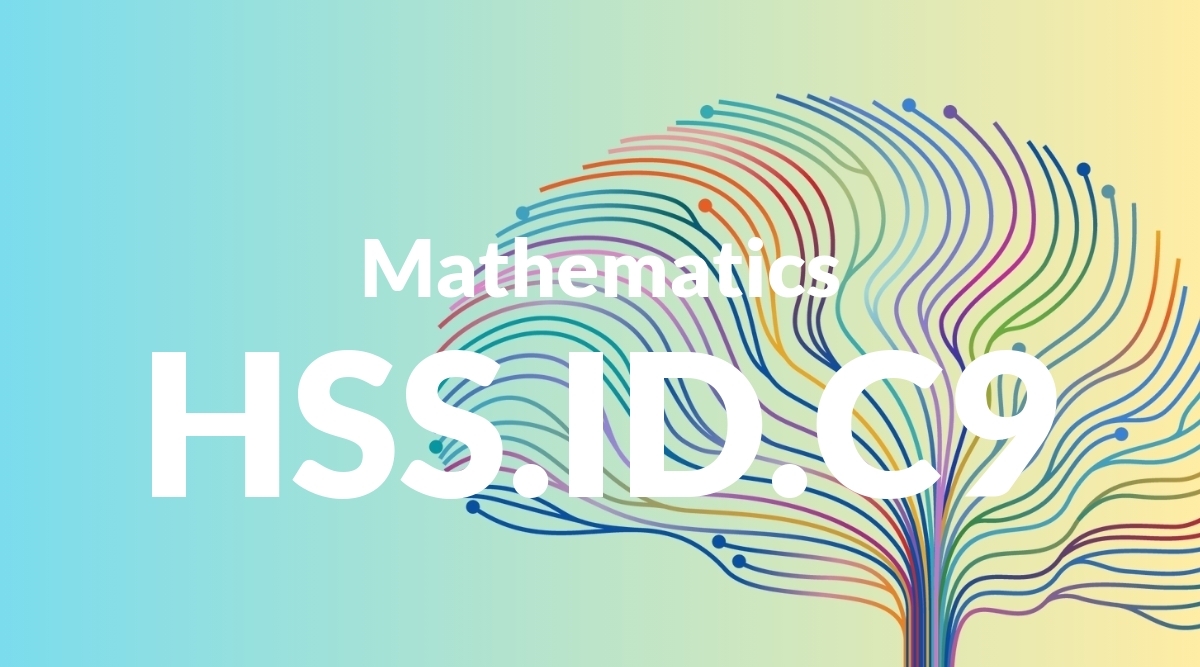

Determine the main ideas and supporting details of a text read aloud or information presented in diverse media and formats, including visually, quantitatively, and orally.

Prove theorems about lines and angles. Theorems include: vertical angles are congruent; when a transversal crosses parallel lines, alternate interior angles are congruent and corresponding angles are congruent; points on a perpendicular bisector of a line segment are exactly those equidistant from the segment’s endpoints.

Read grade-level prose and poetry orally with accuracy, appropriate rate, and expression on successive readings.
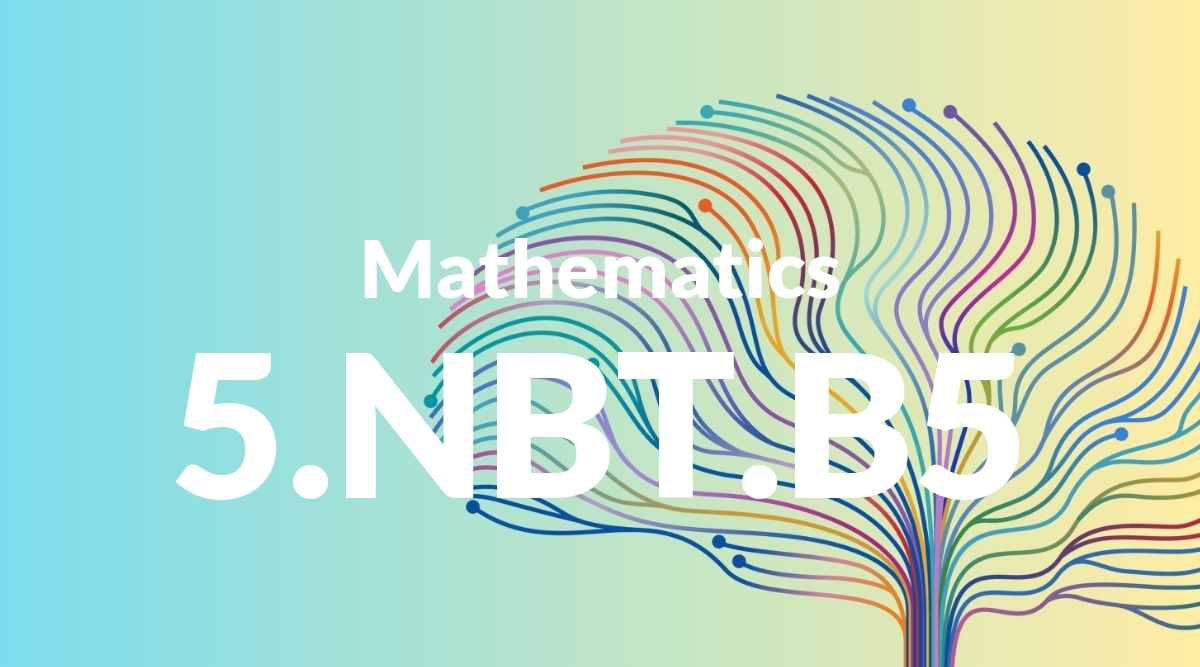
Fluently multiply multi-digit whole numbers using the standard algorithm.

Write informative/explanatory texts to examine a topic and convey ideas, concepts, and information through the selection, organization, and analysis of relevant content.
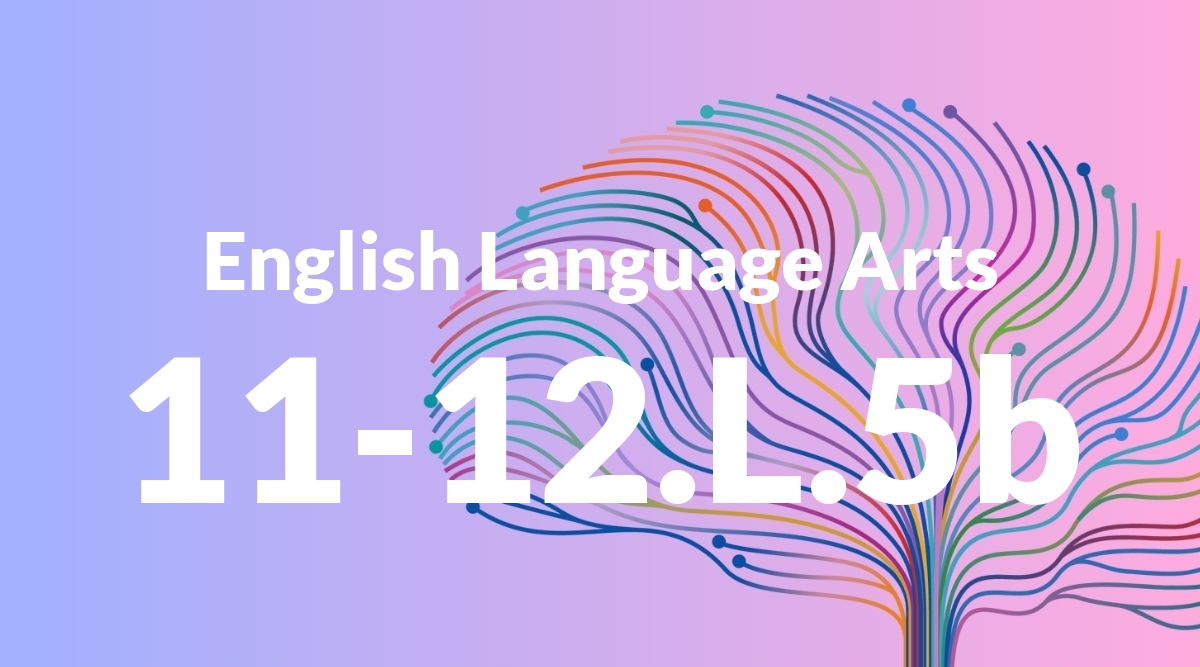
Distinguish shades of meaning among closely related verbs (e.g., toss, throw, hurl) and closely related adjectives (e.g., thin, slender, skinny, scrawny).
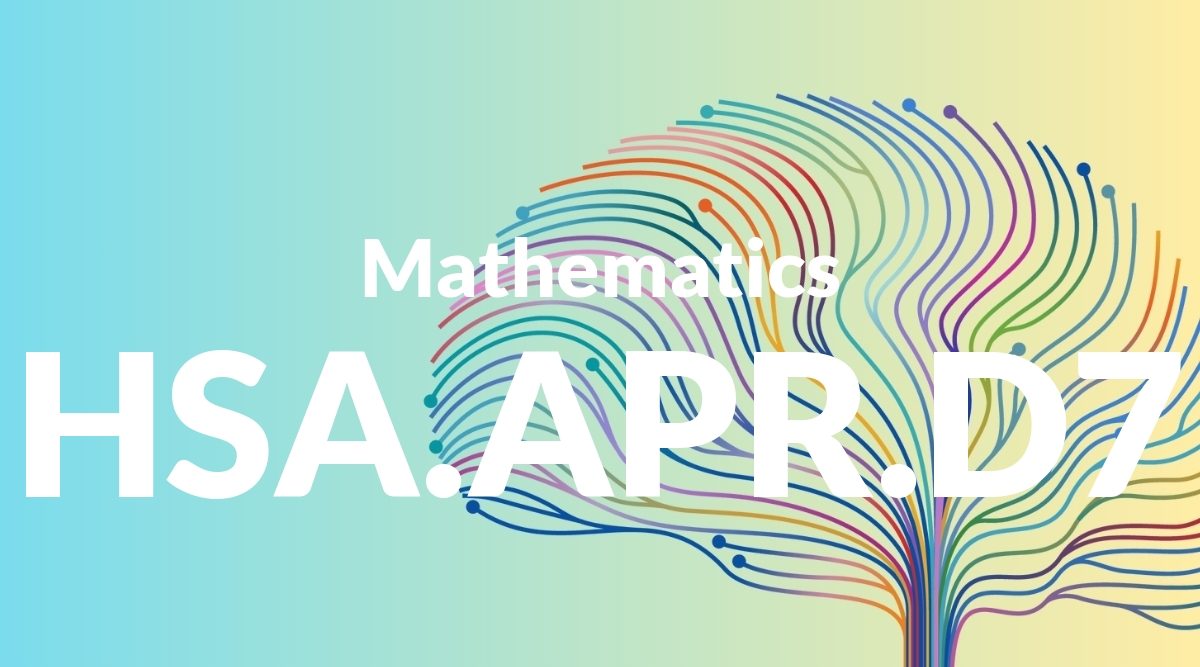
(+) Understand that rational expressions form a system analogous to the rational numbers, closed under addition, subtraction, multiplication, and division by a nonzero rational expression; add, subtract, multiply, and divide rational expressions.
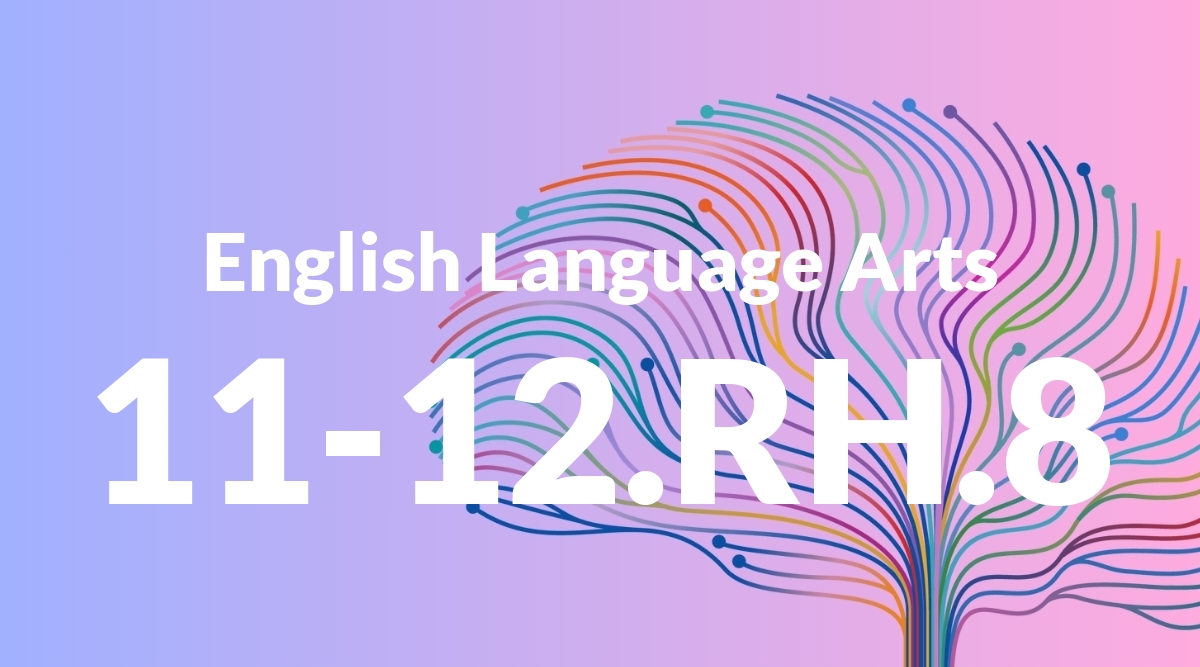
Evaluate an author’s premises, claims, and evidence by corroborating or challenging them with other information.

Write informative/explanatory texts to examine a topic and convey ideas, concepts, and information through the selection, organization, and analysis of relevant content.
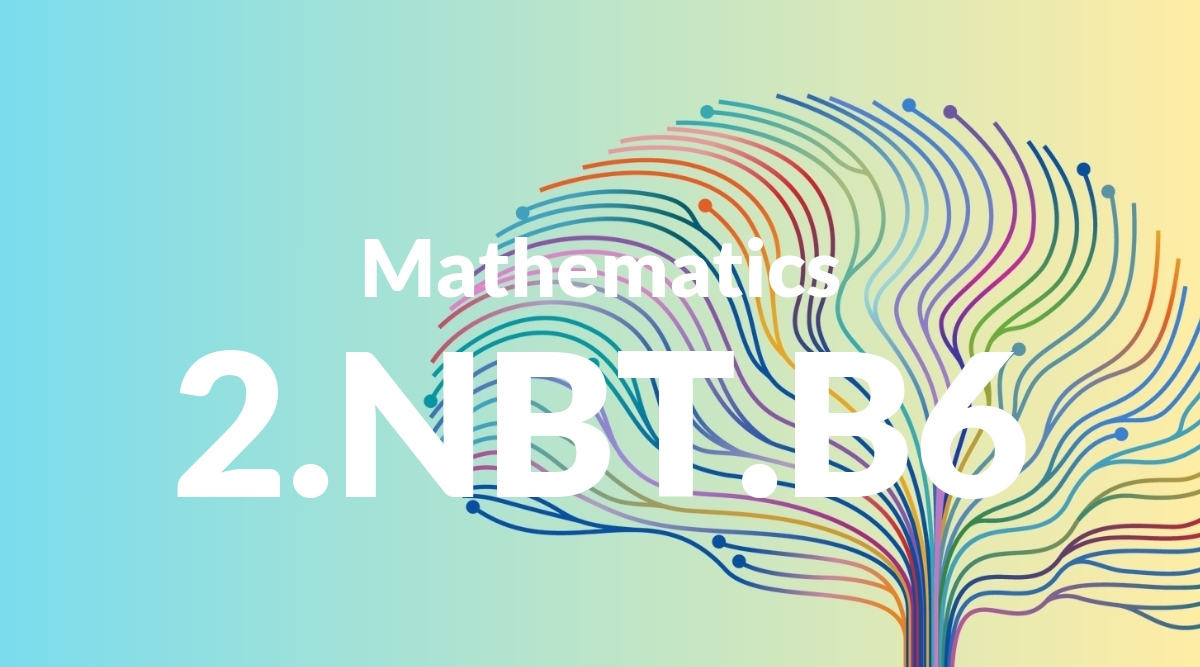
Add up to four two-digit numbers using strategies based on place value and properties of operations.

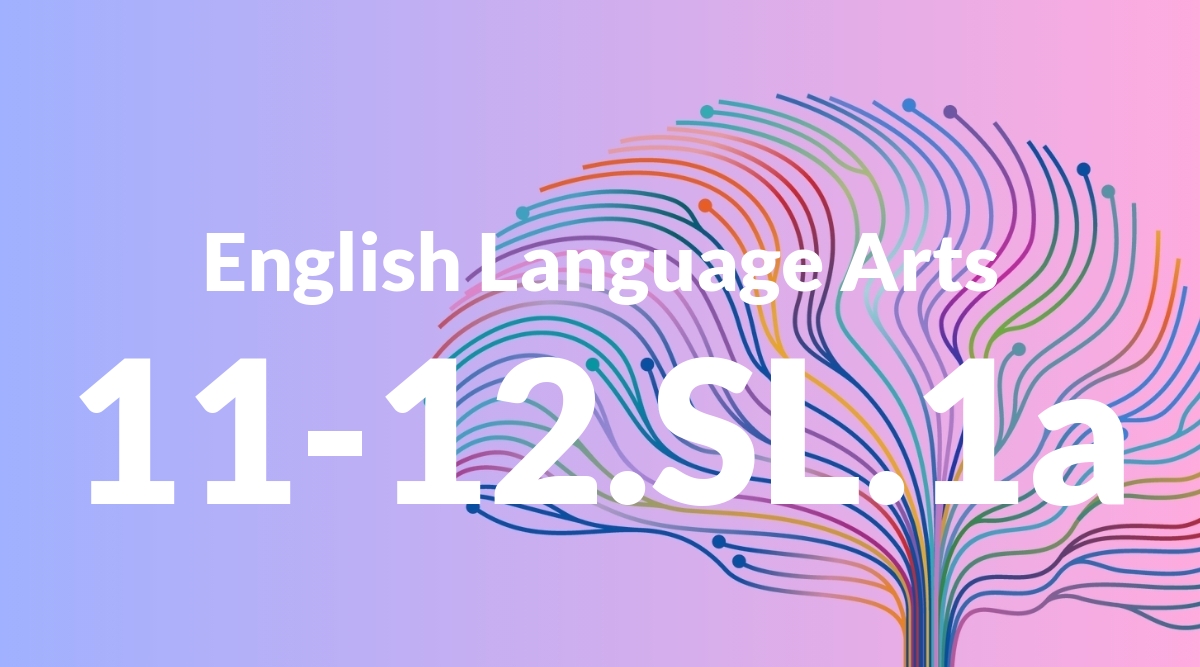
Come to discussions prepared, having read and researched material under study; explicitly draw on that preparation by referring to evidence from texts and other research on the topic or issue to stimulate a thoughtful, well-reasoned exchange of ideas.

Integrate visual information (e.g., in charts, graphs, photographs, videos, or maps) with other information in print and digital texts.
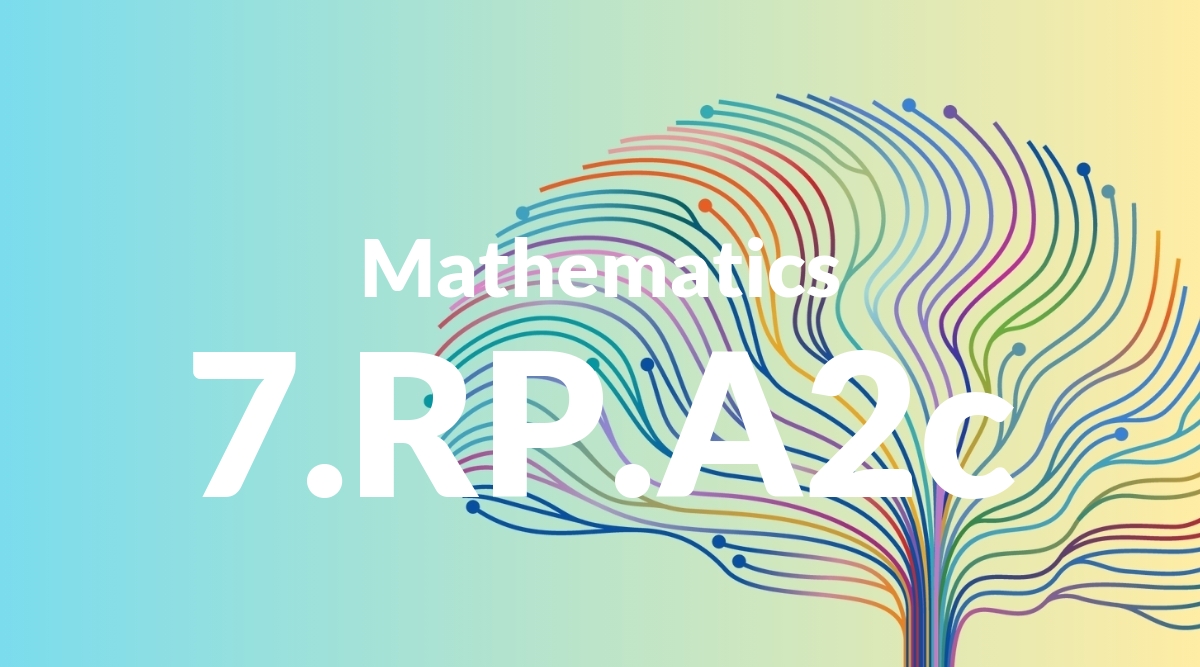
Represent proportional relationships by equations. For example, if total cost t is proportional to the number n of items purchased at a constant price p, the relationship between the total cost and the number of items can be expressed as t = pn.

Use a variety of techniques to sequence events so that they build on one another to create a coherent whole.
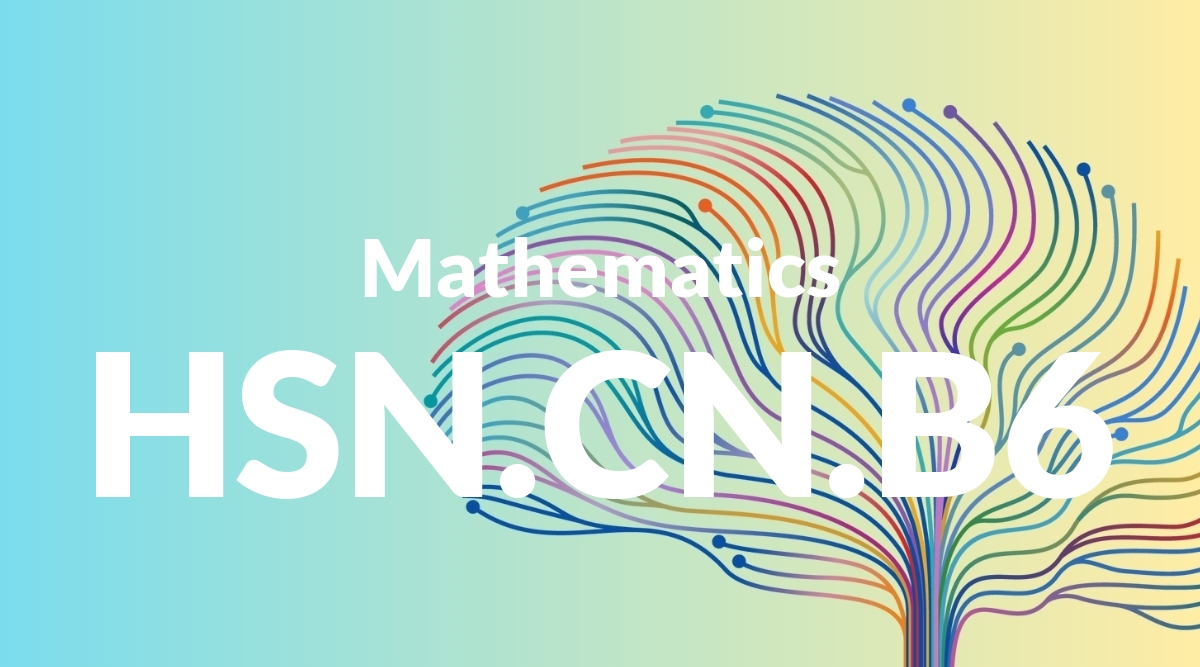
(+) Calculate the distance between numbers in the complex plane as the modulus of the difference, and the midpoint of a segment as the average of the numbers at its endpoints.


Demonstrate command of the conventions of standard English capitalization, punctuation, and spelling when writing.

Apply grade 8 Reading standards to literary nonfiction (e.g., ‘Delineate and evaluate the argument and specific claims in a text, assessing whether the reasoning is sound and the evidence is relevant and sufficient; recognize when irrelevant evidence is introduced’).

Participate in shared research and writing projects (e.g., explore a number of books by a favorite author and express opinions about them).